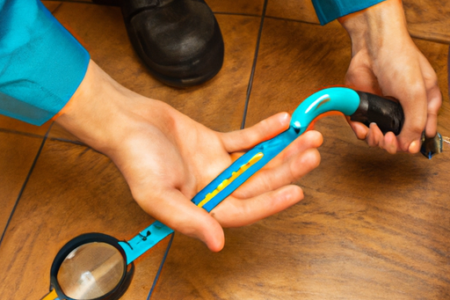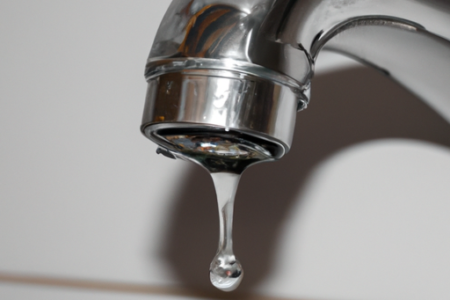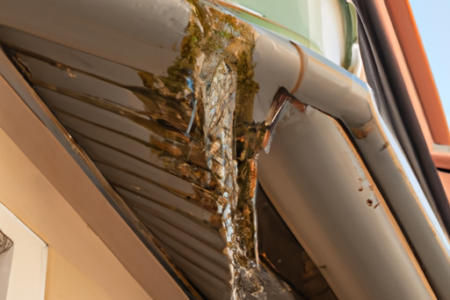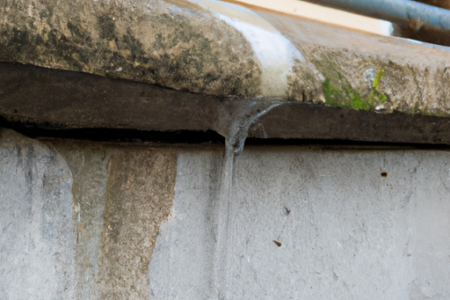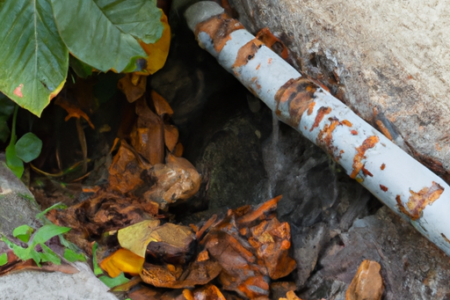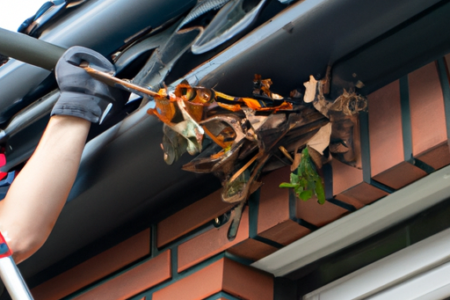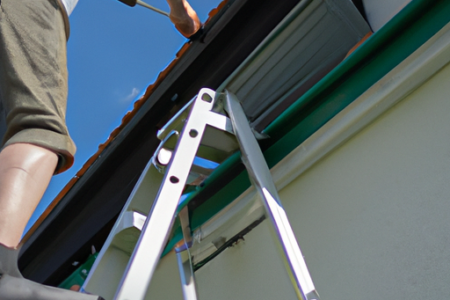escalating into a larger problem. This not only saves you money on costly repairs but also helps protect your property’s structural integrity and maintain a healthy living or working environment.
Another advantage of early leak detection is the ability to prevent mold and mildew growth. Moisture from water leaks creates the perfect breeding ground for these harmful microorganisms, which can have detrimental effects on your health and the indoor air quality. By catching leaks early and addressing them promptly, you can prevent the growth of mold and the need for expensive mold remediation services.
Early leak detection also helps to conserve water and reduce your water bills. Even a small, unnoticed leak can waste a significant amount of water over time, leading to unnecessary expenses. By detecting leaks early on, you can minimize water wastage and ensure that you are only paying for the water you actually use.
Lastly, implementing an early leak detection system is a proactive step towards protecting your property and ensuring its long-term sustainability. By addressing leaks promptly, you are not only preventing immediate damage but also preserving your property’s value and reducing the need for major repairs in the future.
In conclusion, early leak detection is crucial for saving money on water damage repairs, preventing mold growth, conserving water, and protecting your property. By implementing measures such as regular inspections, installing leak detection devices, and staying vigilant for signs of leaks, you can minimize the financial and structural impact of water damage and ensure the long-term health and sustainability of your property.
